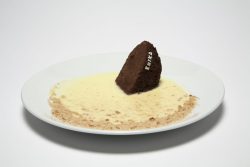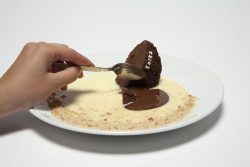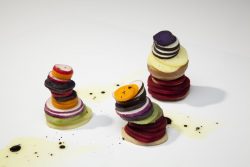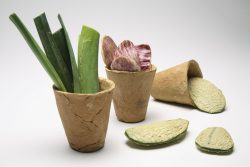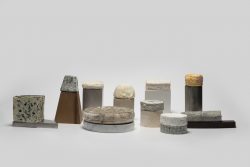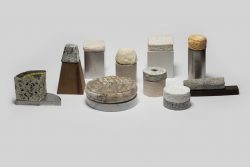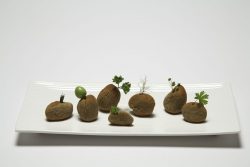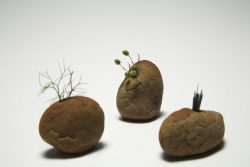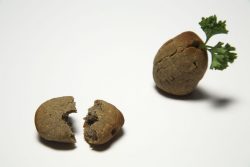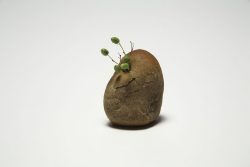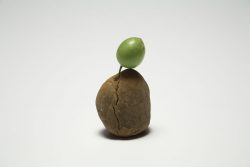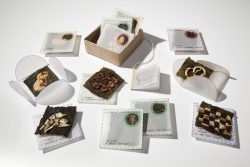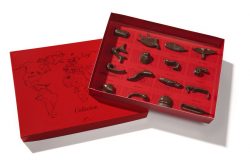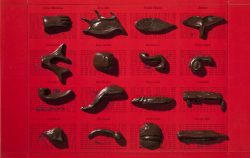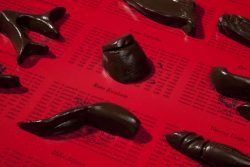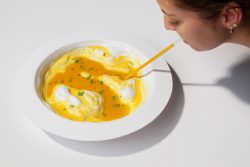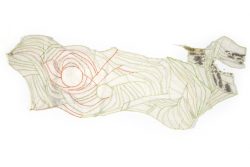SIAL 2010 “Food landscapes”
The concept of landscape comprises 2 notions: – One offering a global, panoramic vision (stand-back). A vision that takes in everything, making it possible, on analysis, for whole assemblies to be defined, then sub-assemblies and so on, from macro to micro.
– The other proposing a point of view, spatial of course, but by extension an ideological and cultural point of view. What can we see, what do we want to see?
Naturally, the notion of landscape is broader than the stereotyped image of the beautiful bucolic landscape that decorates cake boxes or cross-stitch tapestries hung over the fireplace, little wooden chalet set against a verdant mountain backdrop, naïve landscapes… There are urban, industrial, sound, olfactory and food landscapes… Products lining supermarket shelves constitute a landscape, the sight of an open-air market, another food typology; it’s up to the designer to decide to create his/her point of view, to propose. The notion of landscape englobes all scales, crop landscape, production landscape, transformation, distribution, table or plate landscape. Difficult not to cite the “haute couture” experience of chef Michel Bras who creates the landscapes of Aubrac in his plates, not in any anecdotal way, but through a look that is at one and the same time distant and sensitive: for example a dish called “Shadow and light” (tuna and tapenade).
There are many fields where landscapes and food are one, where landscape is changed by man to meet his nutritional needs. The next time you’re on a train between two stops, look out the window at the vast nourishing roll-out, the fields for livestock, workers’ allotments, vine slopes, ripe wheat, sugar beet. Further afield, banana plantations, rice paddies, soil-free greenhouse tomatoes, fish farms in the sea and oyster pots… a large part of what surrounds us is sculpted by the need to produce food. Current ecological and sustainable development challenges will certainly change these landscapes, just as previous challenges once designed them. The notion of landscape is not far removed from that of local land or terroir. Those who eat will be increasingly intrigued to know about and understand what they are eating. In the product itself, on its packaging, in the way it is distributed and proposed to consumers, the landscape will be increasingly present in various forms, as witness the number of recent advertising campaigns using it to enhance communication clout..
There is not a presentation in my activity of food designer where I do not begin by quoting the superb text of Francis Ponge “Bread”, where bread crust is compared to the Andes Cordillera. Is there any finer illustration of how far removed from matter we can be which will propose an interpretation that is right on the nail, sensitive and holds out promise of fertile imagination? Is it not the challenge that the designer has to meet to understand a global problem with as much stand-back as possible, the least amount of preconditioned reflexes and the minimum of preconceived ideas, and, fuelled by this analysis, propose a precise and singular project which perfectly expresses the whole?
